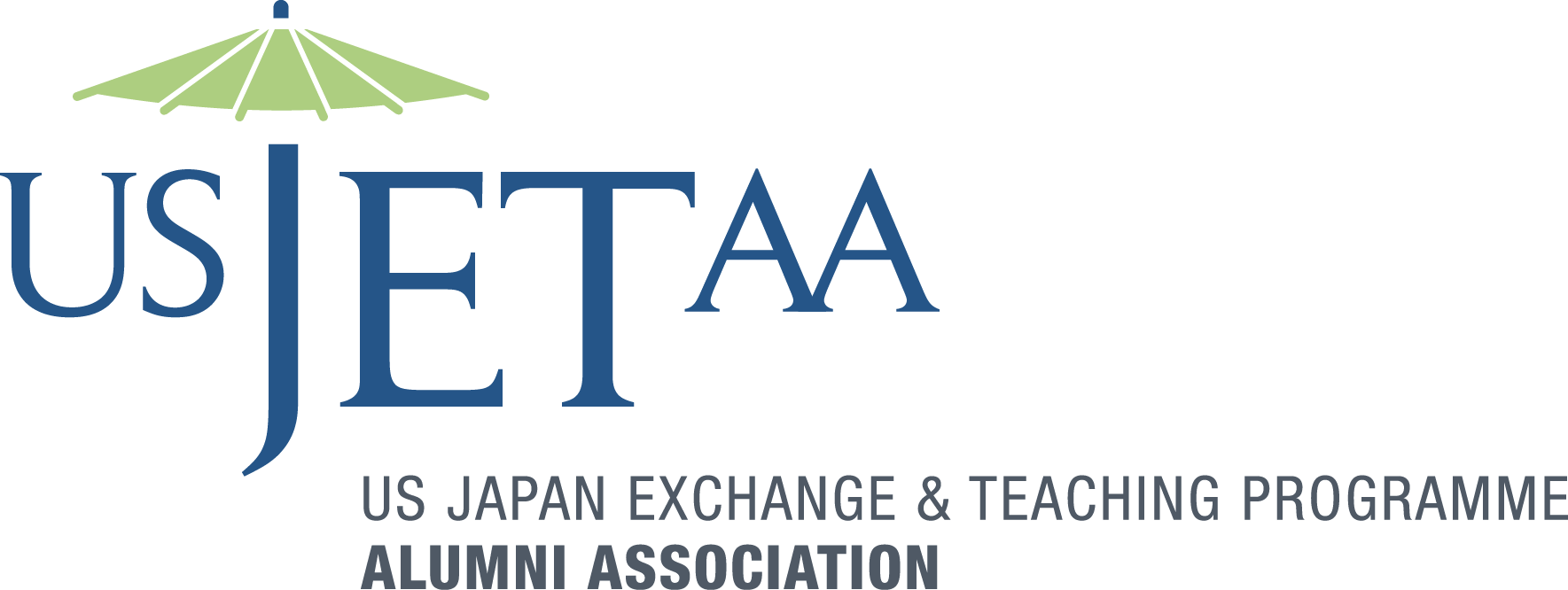Japan is one of the largest markets for jazz and has produced many great jazz musicians such as Toshiko Akiyoshi, Ryo Fukui, and Takuya Kuroda. New York City is one of the most storied jazz cities in the world, where in the clubs of Harlem, pioneers such as Charlie Parker, Dizzy Gillespie, and Thelonious Monk pushed the music to new heights. Today, Japanese jazz manifests itself in New York in two clubs I recently visited, Tomi Jazz and Jazz at Kitano.
Tomi Jazz on 52nd Street is one venue where both cultures blend into an expression of jazz suited for casual patrons and aficionados alike. Depending on what you are looking for, jazz could be the backdrop or main attraction at Tomi Jazz, but it certainly makes the experience unique at the bilingual, multicultural club.The bar serves a variety of spirits (including hot sake) along with a food menu featuring izakaya (bar) favorites.
On nearby Park Avenue the Kitano Hotel offers similar comforts to guests and locals. The Kitano Hotel, the first Japanese-owned hotel in New York, boasts excellent hospitality with a blend of eastern and western sensibilities. Providing a home for jazz is part of that philosophy. The aptly named Jazz at Kitano hosts performances daily and can be accessed via the lobby or a street entrance.
I attended a performance by the Yuma Uesaka Quartet as part of Kitano’s Emerging Artists Series. Saxophonist Uesaka led an energetic and freewheeling set with Iris Ornig on bass, Santiago Leibson on piano, and Steven Crammer on drums.
Between sets the multicultural band bonded over drinks at the bar. This was my opportunity to speak with Uesaka, who has performed around the world. I asked him about differences in playing jazz clubs in New York versus in Japan.
“It’s hard to classify the difference in vibe between NYC and Japan, because there are so many different vibes within NYC and Japan respectively,” he answers. “I will say the most common reception I get whenever I play for a Japanese audience is that ‘I don’t sound Japanese’. It makes sense because I grew up in metro-Detroit, and my mentors were largely non-Japanese.”
Uesaka fielded song requests from the audience and invited any musicians in attendance to join them onstage. I asked if that was common. Uesaka claims it is something he has done as far away as Peru because jazz breaks down barriers of language and nationality-- replacing them with bonds based on skill and appreciation of the art. Uesaka explained, “People are playing jazz in so many parts of the world, and the repertoire is largely cemented, so it’s definitely possible to play music with people who don’t speak your language.”
X.M. Griffiths worked as an ALT at a Tokyo Metropolitan High School from 2014-2016 through the JET Program. He studies graduate business and filmmaking at New York University.
This article is part of a guest-contributor partnership between the East-West Center in Washington and the United States Japan Exchange & Teaching Programme Alumni Association (USJETAA) in which former JET participants contribute articles relating to their experiences in Japan.
The USJETAA is a 501(c)(3) nonprofit educational and cultural organization that promotes grassroots friendship and understanding between the United States and Japan through the personal and professional experiences of over 30,000 Americans who have participated on the JET Programme since its inception in 1987. USJETAA serves as a resource for individual JET alumni, JETAA chapters nationwide, and potential JET participants; supports the leadership of JETAA chapters with programming, membership recruitment, chapter management, leadership, professional development, and fundraising; and, supports the JET Program(me) and engages with the U.S.-Japan community.
